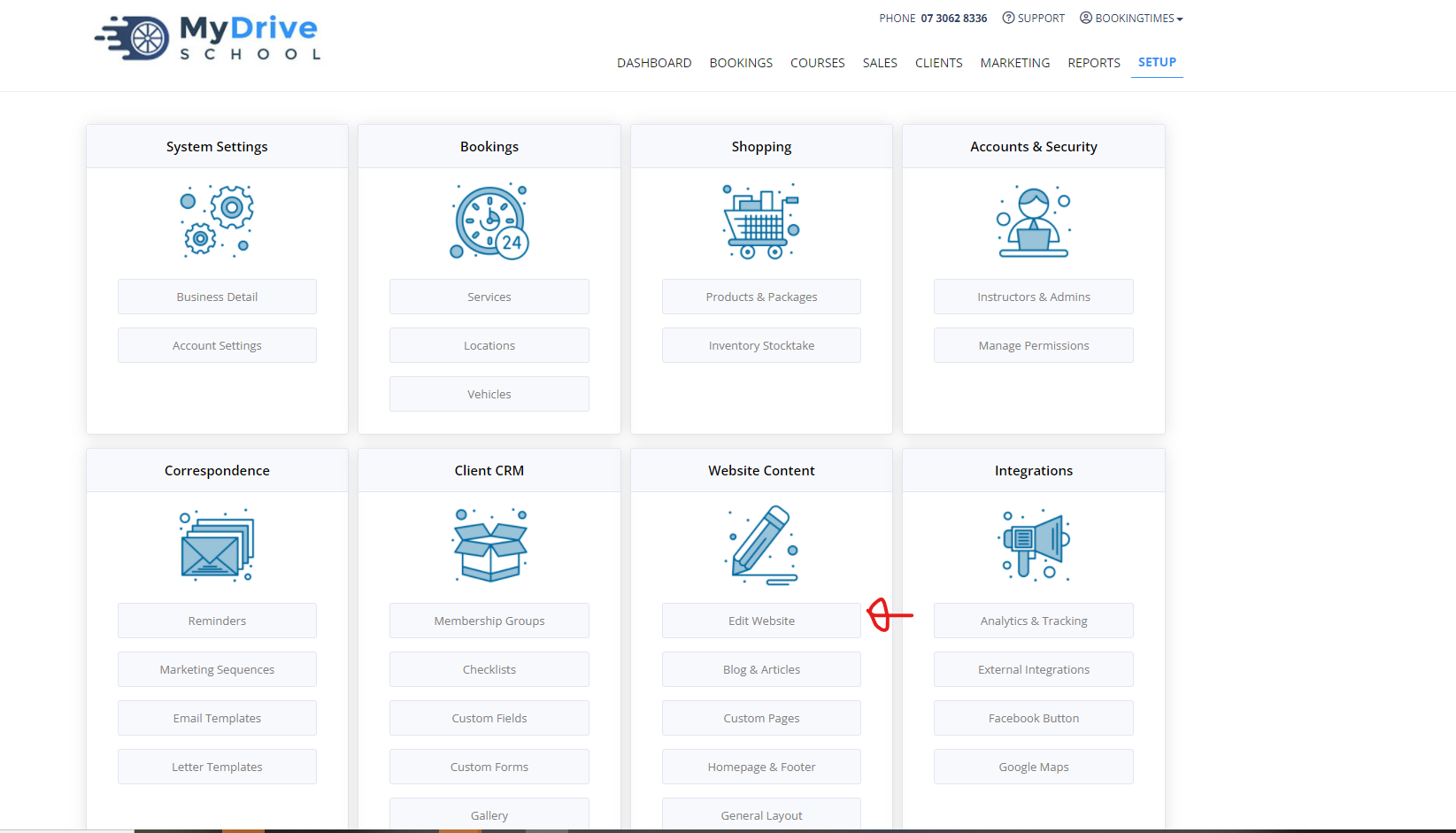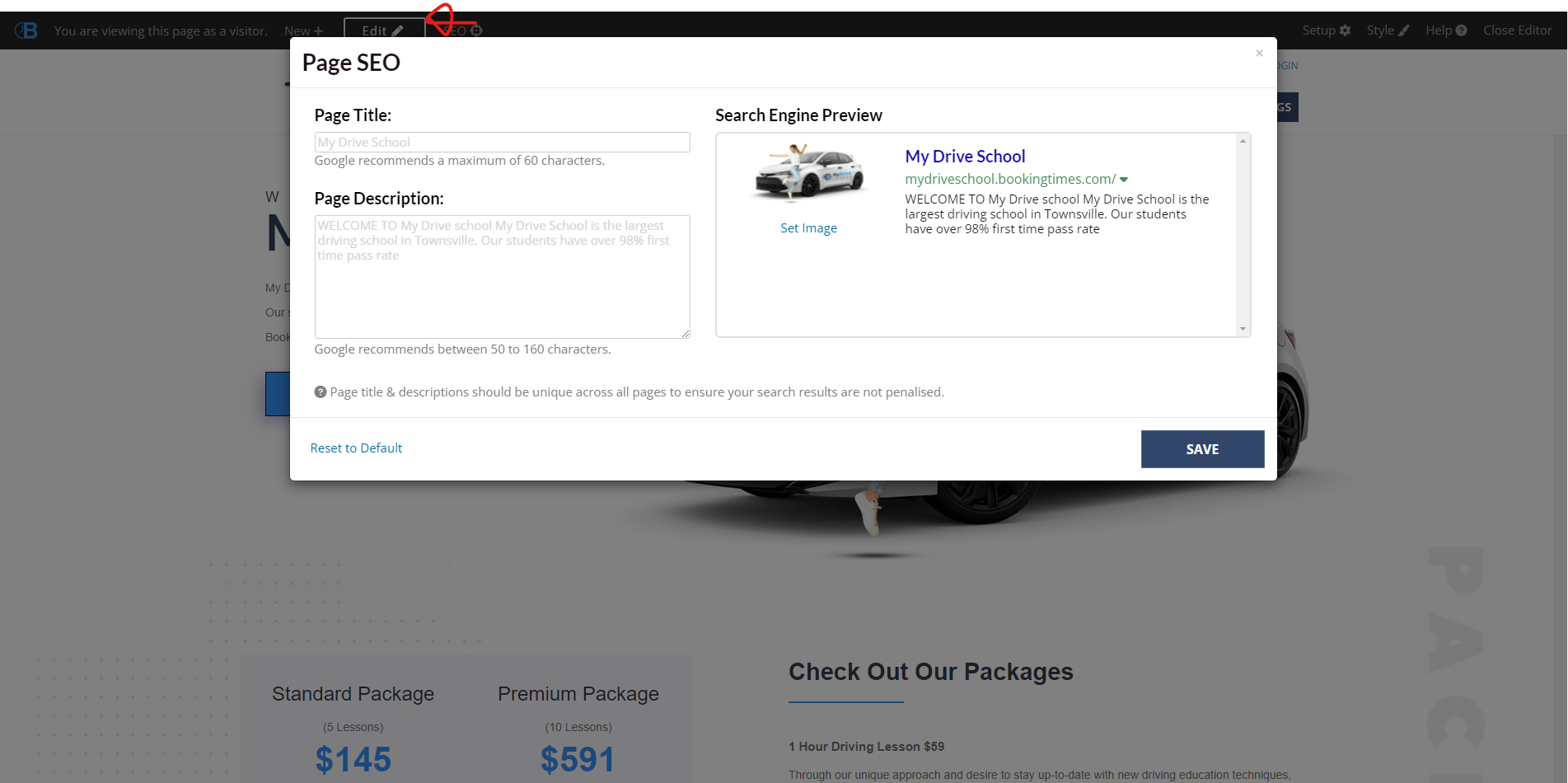Summary of the SEO Basics Course
If you have not delved into the SEO course, it is strongly encouraged that you do so prior to making any changes to your site's SEO coverage. Although there isn't anything that can't be undone - you will not want to spend the time to do it twice.
The following is a list of basic steps you can take to optimize your website. It is recommended you look through the full course for the best results.
Step 1 - Understand your customers
Make a short profile for your "perfect customer". While this sounds silly and pedantic, it will be a corner stone for the rest of the work you do.
Step 2 - Define your service area
Determine your service area (realistically) and break it down into smaller sub categories. Start with a maximum of 4 areas you would like to rank specifically (that are near your head quarter location)
Step 4 - Keyword research
Follow Lesson 3: Keywords and compile a list of 10 keywords that you would like to rank for.
Step 5 - Create keyword combinations
Using the locations and the keywords you have selected, create a series of keyword combinations (i.e. Smithfield Driving Lessons, Driving School Smithfield, etc) and further your research to determine how many people search for them
Step 6 - Choose your top combinations
Make a list of your top ten keywords from the combinations you created, taking into consideration the search volume as well as competition on the words/phrases.
Step 7 - Decide where to place your keywords
Match your Keyword to a specific page on your website - tables are very handy for this. This is called URL alignment and is a process of logic and reason.
And Example would be -
| Page | URL |
|---|---|
| Services | Automatic Driving Lessons Brisbane |
| Home | Brisbane Driving School |
While these keywords will not be the only keywords you are found for - they are a starting position to control the narritive and traffic flow on your website.
Step 8 - Create meta tiles and descriptions
Create Meta tag titles and descriptions that include each keyword or keyword phrase (in a forward position) and inject it into your website using the "SEO" button found on the main navigation of the live website editor.


Step 9 - Repeat
Complete step 8 for each primary page.